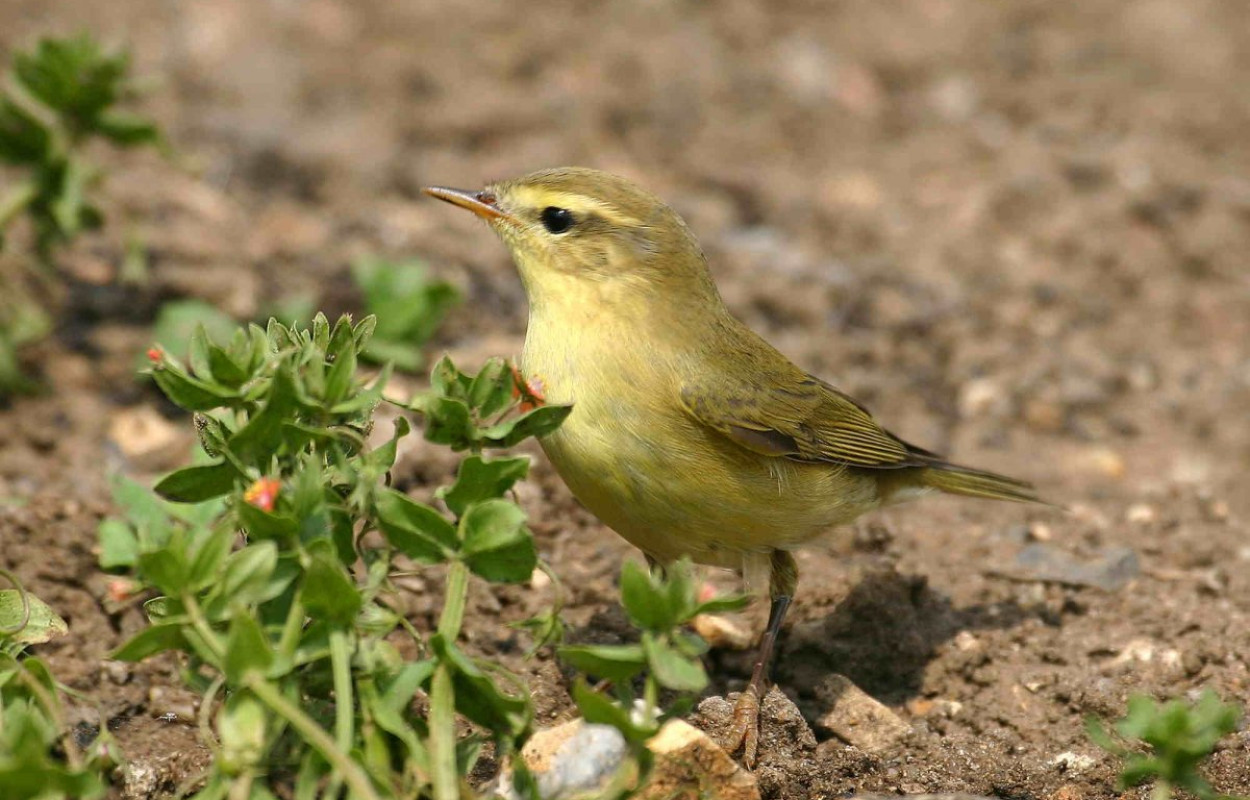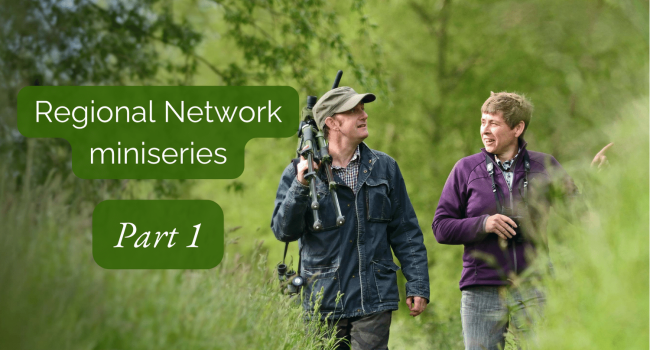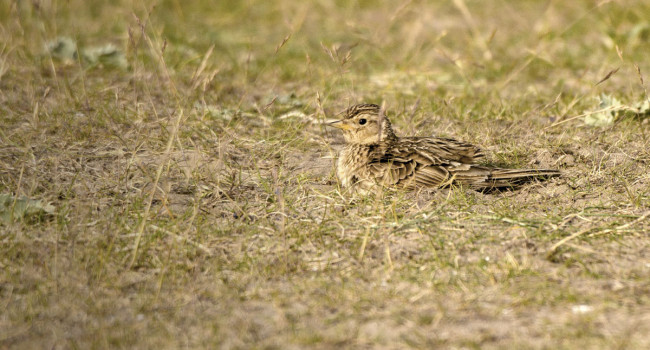Causes and consequences of spatial variation in sex ratios in declining bird species

Author(s): Morrison, C.A., Robinson, R.A, Clark, J.A. & Gill, J.A.
Published: July 2016
Journal: Journal of Animal Ecology Volume: 85
Digital Identifier No. (DOI): 10.1111/1365-2656.12556
Male-biased sex ratios have been documented in a number of bird species, in particular those whose breeding populations are small or in decline. Various reasons have been put forward for why the sex ratio in a population should move away from one-to-one, with sex-related differences in mortality or dispersal behaviour two of the most likely. Understanding which of these factors are important, particularly in the context of why it is that small and/or declining populations show more strongly skewed sex ratios, has important consequences for conservation.
One way to establish the importance of potential sex-related differences in mortality, recruitment (the number of young that survive and join the breeding population) and dispersal for small populations is to look at a single species. This should be a species for which we have good information on the local variation in abundance across a wider spatial scale. Using information from the Constant Effort Site Scheme (CES) and the Breeding Bird Survey (BBS), a new BTO study has looked at Willow Warbler – a summer migrant, which winters in Africa and for which there are strong regional differences in both abundance and population trend here in Britain.
CES data, which come from standardized mist-netting across a network of study sites, were used to examine sex ratio and the survival rates of male and female birds. BBS data, which come from survey transects monitored in a standardized manner by volunteers, were used to predict the relative abundance of Willow Warblers at each CES site. Sex ratios were found to vary markedly among sites, with more male-biased sites occurring towards the south and east of Britain. Sex ratios, which were closest to equality at those CES sites with the highest levels of Willow Warbler abundance, became significantly more male-biased as relative abundance declined. Interestingly, across Britain, sex ratios have also become significantly more male-biased since 1994, when BBS began; in 1994, similar proportions of males and females were estimated to occur at CES sites, but more recently males comprised roughly 60% of the adult population at these sites.
Male survival rates were typically higher than those of the females but, while the results suggest that higher levels of female mortality could be occurring in low-density, skewed populations, this difference is unlikely to explain the widespread occurrence of skewed sex ratios. This suggests that sex-related differences in dispersal and recruitment are likely to also be involved. It is possible that females may preferentially recruit into sites with a high abundance of males, perhaps attracted by high levels of song or by the presence of large amounts of suitable habitat.
The results of this work, a collaboration between BTO and the University of East Anglia and part of a wider study, suggest that conservation efforts for this species should focus on maintaining and enhancing those sites capable of supporting those populations that are larger and which have more equal sex ratios. It could be that the fragmentation of suitable habitat is leading to small populations with skewed sex ratios, something that might have profound consequences for this particular Afro-Palaearctic migrant.
Notes
BBS is organized by the BTO and jointly funded by the BTO, the Joint Nature Conservation Committee (JNCC, on behalf of Natural England, Natural Resources Wales, Scottish Natural Heritage and the Department of the Environment Northern Ireland) and the Royal Society for the Protection of Birds. The Ringing Scheme is funded by a partnership of the BTO and the JNCC on behalf of the statutory nature conservation bodies (Natural England, Natural Resources Wales, Scottish Natural Heritage and the Department of the Environment Northern Ireland). Ringing is also funded by The National Parks and Wildlife Service (Ireland) and the ringers themselves.







Share this page